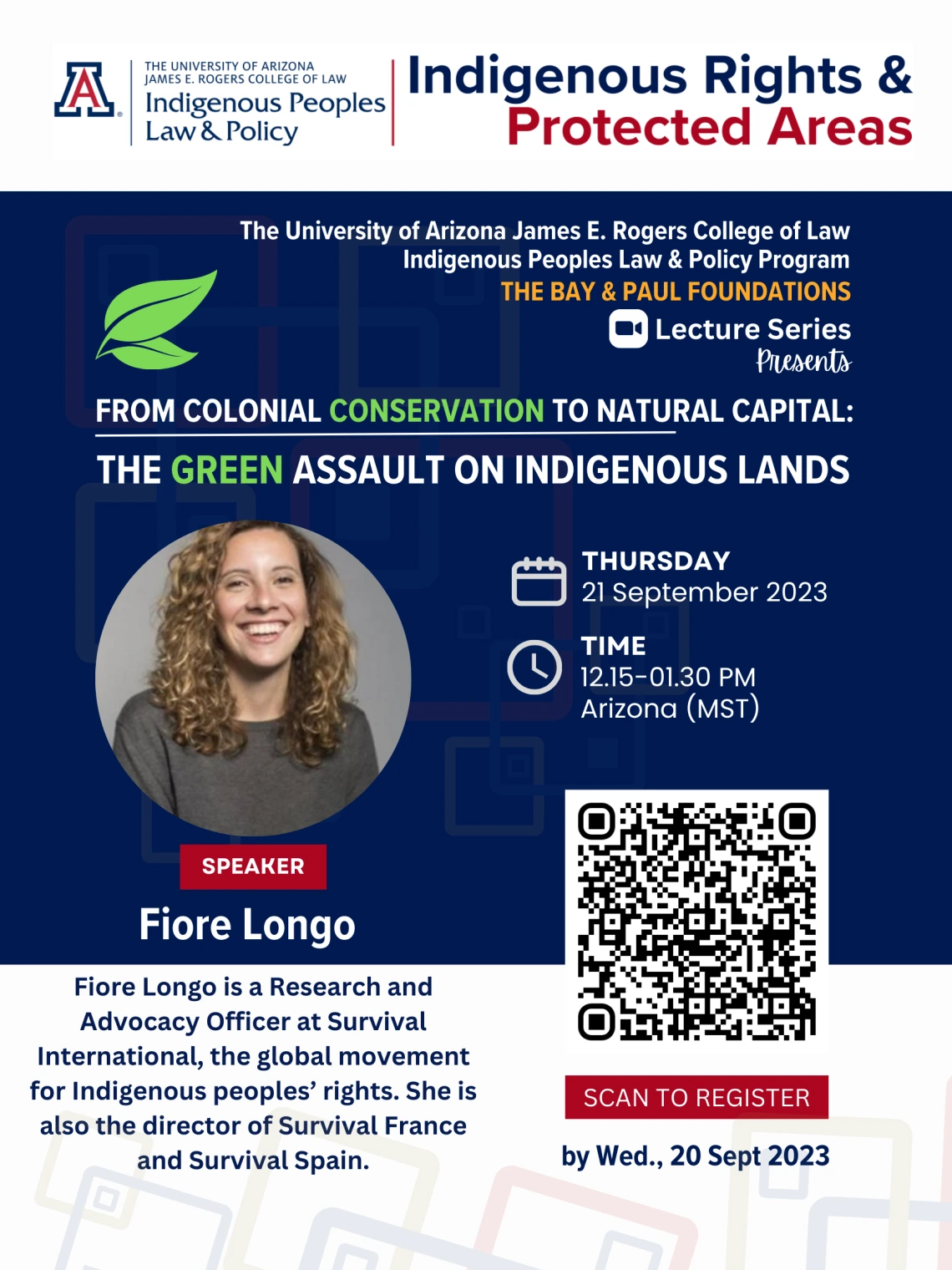From Colonial Conservation to Natural Capital: the Green Assault on Indigenous Lands

Scientific evidence shows that Indigenous people understand and manage their environment better than anyone else: 80% of Earth’s biodiversity can be found in Indigenous territories. The best way to protect biodiversity is therefore to respect the land rights of Indigenous peoples – the best conservationists.
Nevertheless, the mainstream conservation model today is still, just as in colonial times, “Fortress Conservation”: a model that creates militarized Protected Areas accessible only to the wealthy on the lands of Indigenous peoples. This “conservation” is destroying the land and lives of Indigenous peoples. But this is where most of the Western funding for nature protection is going.
Why? Because the myths that sustain this model of conservation are reproduced in school texts, media, wildlife documentaries, NGO adverts, etc. The images we have seen since our childhood about “nature”, and the words we use to describe it, shape our way of thinking, our policies, and our actions.We tend to assume these words and images are the reality as if they were neutral, objective or “scientific”. But they are not.
Conservation has a dark history, and it’s rooted in racism, colonialism, white supremacy, social injustice, land theft, extractivism and violence. Today, the main conservation organizations (like WWF and WCS) not only haven’t questioned this past, but keep perpetuating it. Conservation is an industry, a business, often “partnering with” (i.e. taking money from) big polluting companies and turning nature into something to consume, mostly by white and rich people. This is part of a process of commodification of nature in which it is “valued”, traded and can be profited from (and now also in the name of “climate mitigation”). But our “nature” is other people’s homes. It is the basis of their way of life, the place of their ancestors, the provider of most things that sustain them.
It is essential to think about the words and concepts we use when writing or talking about environmental issues. The violence and land grabs faced by millions of Indigenous and other local people in the name of conservation stem in large part from these concepts.

